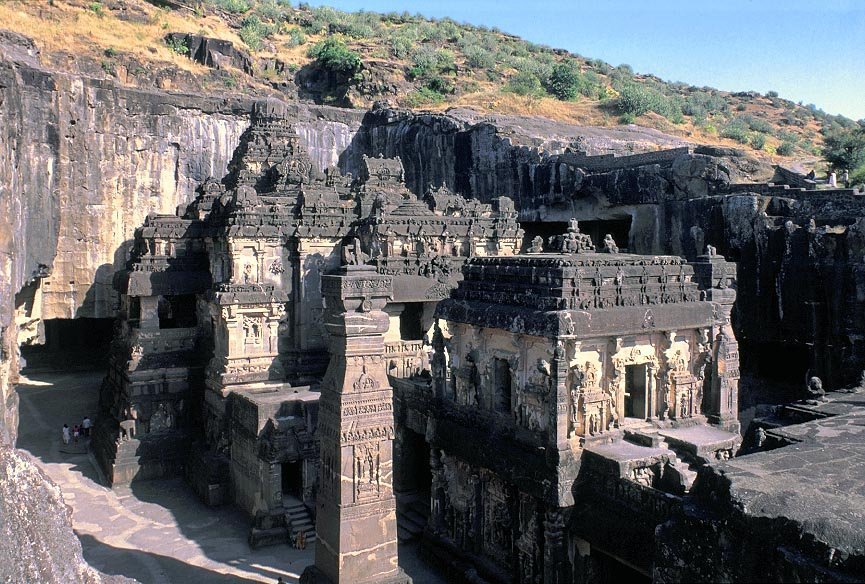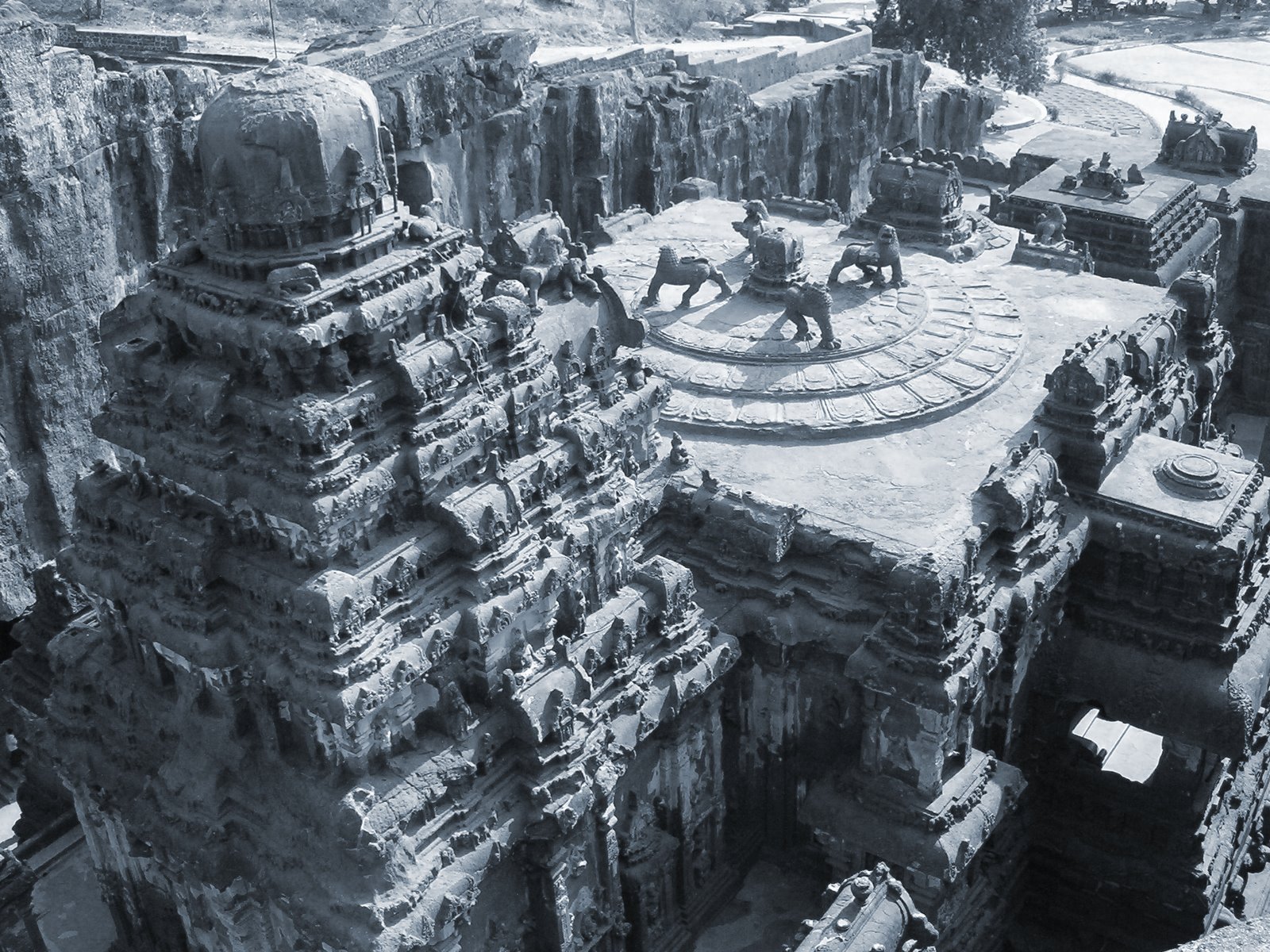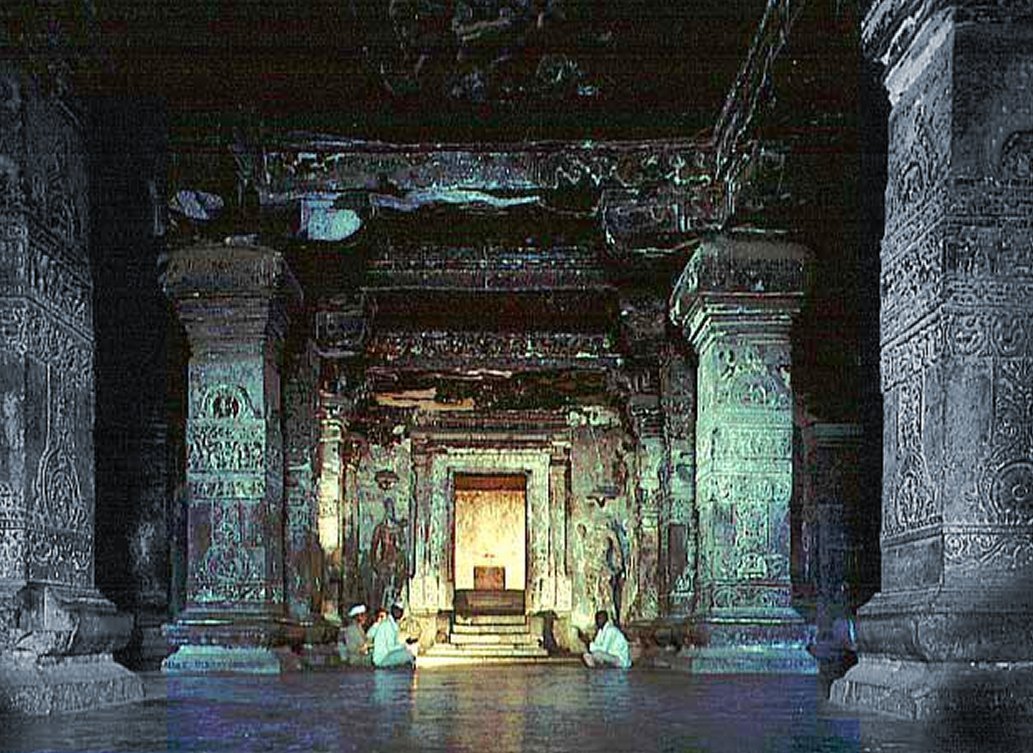Lion City of Quiandao Lake, China
Perhaps ones of the most dazzling, otherworldly and fascinating underwater cities is Lion City found at the bottom of the Quiandao Lake in China. But, don’t be fooled into thinking that this lost city of exquisite architecture, statues and riches lay undiscovered for millennia, no, for this city was purposely flooded only 50 years ago to make way for a power station… yes, you read that correctly.
Lion City, once known as Shi Cheng, was built over 1000 years ago and now resides under 130ft of water but was once the centre of politics and economy in the eastern province of Zhejiang. The man-made lake was completed in 1959, causing the city to disappear overnight and rightfully giving earning the city the name as ‘Chinese Atlantis’.
Due to its recent demise and the fact it sits in an old valley, this ancient city remains almost entirely intact, including wooden beams and stairs. Perhaps the manmade lake is a gift rather than a curse.
Dwarka, Gulf of Cambay, India
In 2001, it was announced that ruins of an ancient civilization had been discovered 20km off the coast of Gujarat, in the Gulf of Khambhat and 40meters below sea level.
Predicted to be over 9,000 years-old, the site is said to be older than the mysterious Harappan civilization, which dates back around 4,000 years, and carbon dating suggests that the area was submerged at the end of the last ice age 9-10,000 years ago.
Here, a piece of wood, pottery shards, hand tools, bones and teeth, have been discovered yet archaeologists are still finding it difficult to pinpoint where this civilization went but in 2010 it was suggested that it was ancient dwelling place of Lord Krishna, a god who is thought to have been alien…
Cleopatra’s Palace, Alexandria, Egypt
Another of the underwater realm’s more mesmerizing and heart-stopping discoveries is that of the ruins of Cleopatra’s sunken palace and temple off the shores of Alexandria dating back 3,000 years.
As with many fated cities, Alexandria’s royal quarters, ports, a cape, islands of temples and more, simply slid into the sea after shattering earthquakes during the fourth and eighth centuries, some 1400 years ago.
Stunning artifacts including coins, tiny amulets, statuettes and more have been found, as well as large statues of warriors, sphinx, and various vessels used to transport and store goods. Sadly, over the years man and nature has destroyed the city further, and looting, vandalism and weathering has battered the site.
Port Royal, Jamaica
Once the centre of shipping trade in the Caribbean Sea during the latter half of the 17th century, having been under Spanish and English rule, this southeastern Jamaican town was destroyed by an earthquake in 1692 and the subsequent Tsunami’s, regular flooding and fires were no help.
The earthquake caused the sand spit to liquefy and a vast section of the northern part of the city slipped into the waters, including town houses, forts and almost 3,000 people.
To archaeologists, the site is a haven, abundant with all manner of artifacts dating from the early 1500s right through to the early 1900s, and evidence of pirate activity who were actually turned to by the city’s governors to defend the city.
Yonaguni-Jima Pyramids, Japan
Located just offshore on the southern side of Yonaguni Island, in the 1980s, a local divers discovered mysterious rock formations in the form of staircase-like terraces with flat sides and angular corners, and it isn’t the only one.
It has been suggested that the structures could be all that’s left of the fabled Pacific civilization of Mu, thought to have been washed away by a tsunami. Once thought to have been natural formations, closer inspections revealed an abundance of scratches, markings and characters etched onto carved faces, and formations that resembled animals.
But just take a look at the images, how could this be natural? It’s believed that these ruins date back over 5000 years and structures similar to the ruins on land contain charcoal dating back 1600 years ago, indicating ancient human inhabitants. While artifacts have been hard to come by, But apparently there is a painted relief depicting a cow, if only we could find images of it.
Baia in Naples, Italy
Known as the Las Vegas of its time and casting a spell over the Roman elite, including the likes of Caesar, Nero and Cicero, and it’s been said that they even requested villas to be built there for their vacations. But that just might be wishful thinking.
Now known as the Baia Archaeological park, this ancient site is overflowing with a plethora of dazzling sights; various grand statues, covered walkways, a villa filled with intricate mosaics and more. And above ground you’ll find a statue of Hermes stood alone in an alcove, an arched corridor that leads to a grassy field, three temples will take you back to a time forgotten.
But it’s below the surface of the water that the true treasures of this city are discovered. But unfortunately, by 1500 the remains of the luxurious city became the claim of the rising sea level, the cause of the neighboring volcanic vents and the ruins were drowned under the shallow waters of the bay.
Heracleion – Thonis, Alexandria, Egypt
Known as Heracleion to the Ancient Greeks and Thonis to the Ancient Egyptians, this mysterious city had been buried un sand and mud for more than 1200 years. Thought to be nothing more than a legend, it was rediscovered at the beginning of the last century and its only now that the city is starting to reveal its secrets.
Researches have discovered more than 64 ships buried in clay and sand, gold coins and weights made of brass, indicating trade. Giant 16 foot tall statues have been uncovered and brought to the surface, while hundreds of statues honouring smaller gods litter the sea floor.
The final resting places of animals have been found too, as well as incredible slabs covered in hieroglyphics… and this is only the beginning of more to be found. Amazing. What was once the most important port in the Mediterranean sea is now one of the most important archeological finds ever.
Pavlopetri, southern Greece
Believed to be the centre of commerce for the Minoan Civilization and Mycenaean civilization, the 5000 year old sunken city of Pavlopetri is only 4 meters below sea level and is thought to be the oldest known submerged city in the world.
Archaeologists can’t get enough of the city, calling it a masterpiece of city planning that boasts a complex water management system and has a central plaza of 40×20 meters. It’s said to be so old that it existed in the period of Greece that the famed ancient Greek poem Iliad was set.
Though having been disturbed by numerous earthquakes, 15 buildings are accountable and the arrangement of the city is clearly visible.
The Temple of Lake Titicaca, Peru – Bolivia
These pre-Incan ruins date back between 1000 – 1500 years ago, and have been attributed to the indigenous Tiwanaku or Tiahuanaco people. Found under the world’s highest lake, Lake Titicaca, the ruins of an ancient temple were found by international archaeologists along with a terrace of crops and a road and an 800meter long wall. The temple measures an astonishing 200 by 50 meter, almost twice the size of an average football pitch.
Already a sight of interest, it was said that the lake contains the remains of a city called Wanaku, and another of Inca gold that was lost by the Spanish. It was when stories of fishermen and divers touching raised stone during the dry seasons that the site became the interest of archaeologists and before they knew it, the temple was discovered.
Christ of the Abyss









































